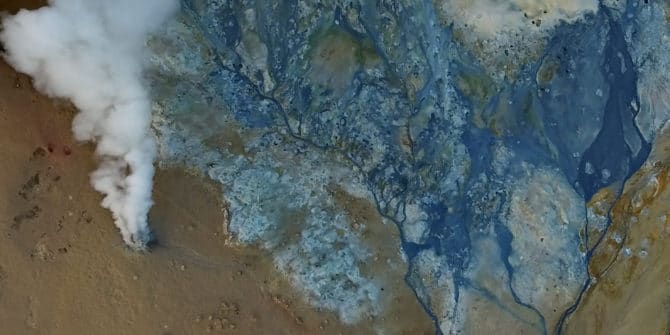
Are you new to working remotely with Leapfrog Geothermal?
Here is the best practice for staying productive and connected Worried about data usage on your local network? Leapfrog only requires an internet connection when

Are you new to working remotely with Leapfrog Works?
Here is the best practice for staying productive and connected Worried about data usage on your local network? Leapfrog only requires an internet connection when

Are you new to working remotely with Oasis montaj?
Here are the best practices for staying productive and connected. Worried about data usage on your local network? Oasis montaj only requires an internet connection when logging in or signing out. Therefore,
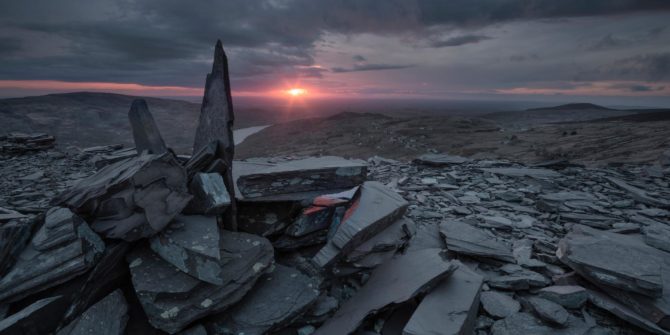
How Central helps teams work remotely in Mining & Minerals
Presented by Janina Elliott – Global Central Technical Lead
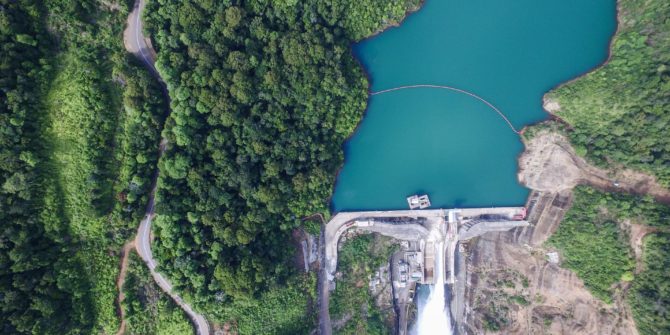
How Central helps teams work remotely in Civil & Environmental Industries
Presented by Gary Johnson – Customer Solution Specialist, C&E
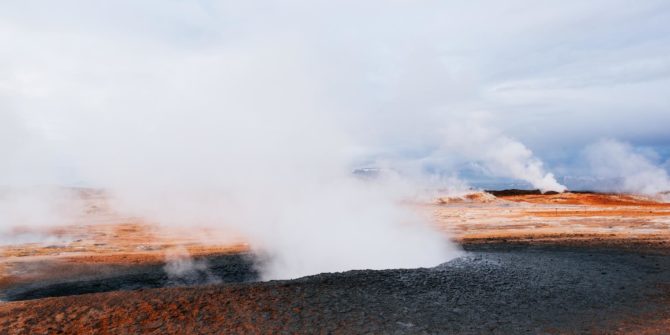
How Central helps teams work remotely in Geothermal Energy
Presented by Clare Baxter – Technical Sales Advisor, Energy
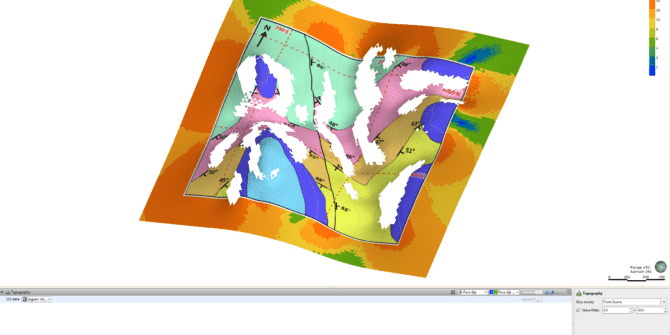
Drillhole planning – Tips for determining collar elevation and target depth of large-scale drilling campaigns
Planning large campaigns of surface drillholes for resource definition or grade control infill can be a time-consuming task. Collars need to be designed and snapped
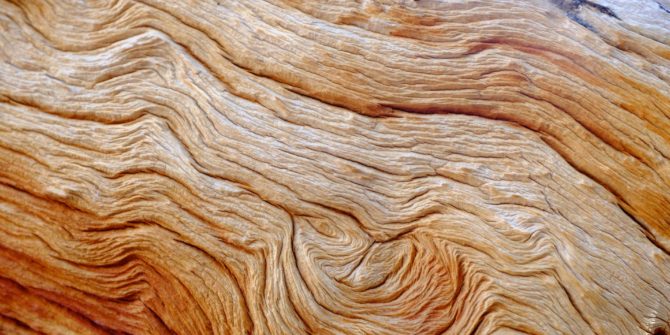
Starting Your Project Off on the Right Foot (or Metre)
Presented by Anna Kutkiewicz – Senior Project Geologist




